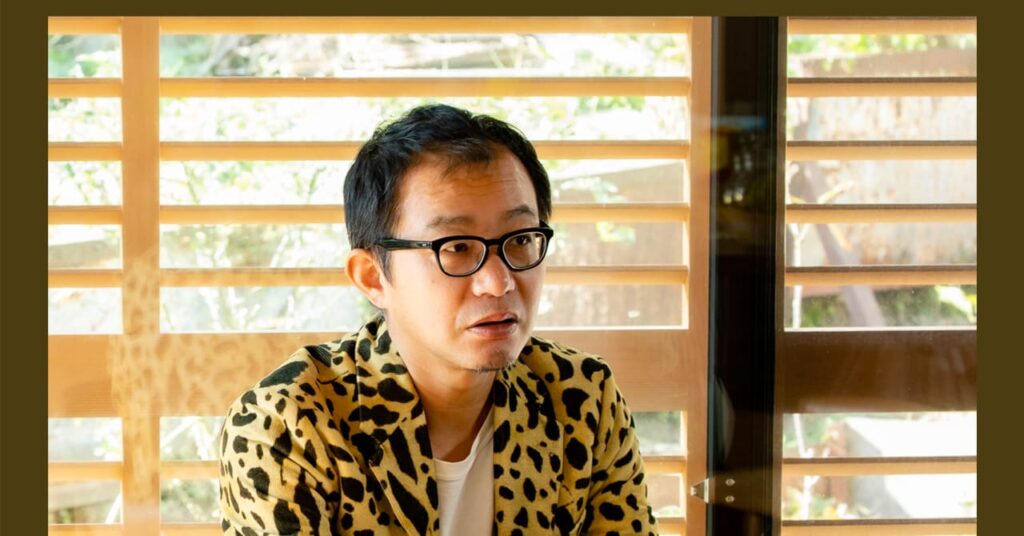A Take On Fashion: Takuro Ogasawara
Since 1992, Takuro Ogasawara has been a constant presence on the pages of Senken Shimbun, the widely followed fashion trade newspaper that is most ubiquitous outside Japan during fashion weeks. First reporting on European men’s wear then switching to European women’s wear, the esteemed journalist, who is also an editorial board member, now covers major fashion collections around the world.

In what ways is exploration a natural part of the design process?
Enquiry is an integral part of the design process. It depends on which vector you are designing towards, but every step of the process requires exploration. This is true for the balance of the commercial side, price balance and, of course, exploration in pure design. The design process is the overall balance of exploration in all vectors.
What are some of the themes and ideas that you would like to see designers exploring through the next few seasons?
In the process of fashion design over the past few years, there has been a growing belief that trends can continue. Of course, what and how to design for each brand is a matter for each individual, but we feel that [in terms of] continuing trends, the struggle to explore newness is being abandoned. In the fashion design process, design points can of course continue. However, I believe that new beauty always exists somewhere and that exploring it is what makes design evolve. I would like designers to step into that again.
How do you, personally, explore what’s new and exciting in fashion?
“Something beautiful that has never been seen before”. The concept of beauty is constantly changing with the times. When Comme des Garçons first appeared in the Paris collections, the French media criticised it badly. This was because it was completely different from the beauty of the traditional Parisian elegance that had been in place until then. But now, Comme des Garçons is no longer perceived in that way. And Rei Kawakubo is still searching for a “new beauty”, more than 30 years after those days. Even if those who admired Kawakubo and became designers have abandoned the idea that there is no new beauty anymore, Kawakubo has not yet given up. In this age of diversity, expressions around gender have changed dramatically. Naturally, the era of Yves Saint Laurent’s tuxedo in the 1970s, when he made a major change to femininity, is also different now. So where is the newness in the state of gender today? I believe that what Comme des Garçons has been exploring in men’s wear for the past three seasons reflects this way of thinking. I believe that new beauty still exists somewhere, and that the essence of fashion design lies in exploring that.
How have the past few years shaped your exploration through social media and the virtual world?
The experience of the last two years has made me realise that, unfortunately, social media and virtual worlds are still limited in their ability to convey the essence of fashion design. There will be further development as a tool to cut out a part of fashion design and express it in a different vector, and the way it is used will also be further developed. But the conclusion is that there is still no better way to convey the essential energy of fashion design than through physical presentation. Looking outside the field of design, social media and virtual worlds have never been a substitute for travel. If I couldn’t travel, I would find something different and real to enjoy with my family, such as the vegetables in our garden. I wanted and was looking for real, emotionally charged experiences – whether in fashion or in everyday life – without looking for something digital to take the place of it.
This interview has been lightly edited for clarity.



